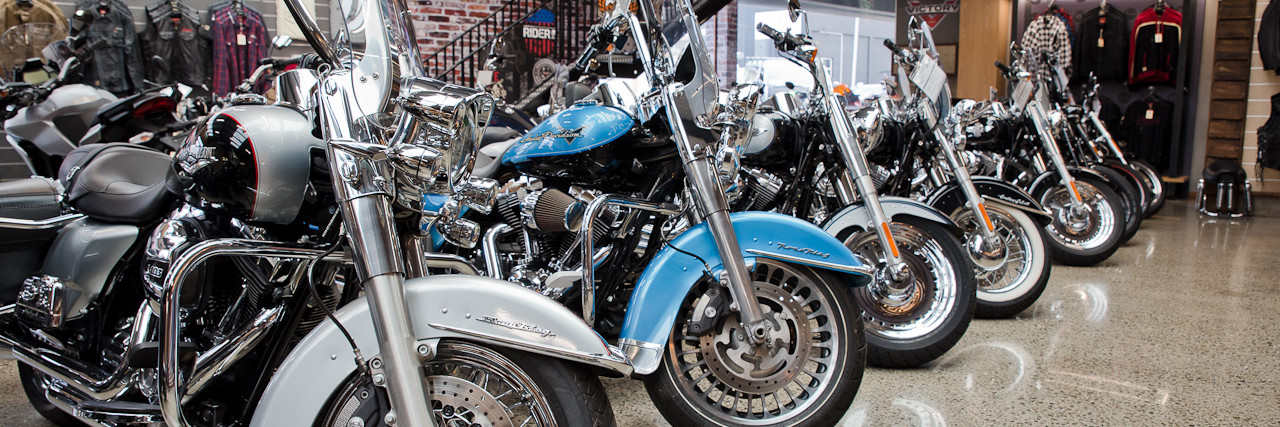Buying a new bike
Buying a new bike is a big expense. Here’s what to consider.
The biggest mistake people make when buying a new bike is setting their heart on something. This is often based on reading reviews or what a friend recommends, then buying without a thorough test ride.
It’s not that the description in a magazine or online report isn’t true. It’s just that there are vast differences between riders. A machine that’s nirvana to a 1.8m tall, 85kg professional bike journalist might be hell on earth for someone of smaller stature or a 108kg guy, or someone returning to riding after several years off.
So the key thing when buying a bike is to ride it, for as long as the dealer will let you, so you can be sure it’s right for you.
Options
Options and accessories can make a huge difference to a bike. Check that the machine you’re buying has what you want. Things like ABS, traction control and other modern rider aids can deliver a huge safety benefit, so make sure the bike you buy has them.
If you see yourself doing some touring, make sure the bike can be configured to suit–will it take panniers and a top box, for example? Is the fuel tank steel so you can use a magnetic tank bag, or will you need a different kind of mounting? Talk it through with the dealer.
Real-world costs
The sticker price is one thing, and can be a stretch. But the actual cost of owning a bike comprises many things. You want to know as much as you can before you make a decision. Between the dealer’s knowledge and your own research you should consider:
- annual servicing costs for years one, two and three
- annual rego
- cost of replacement tyres – you can easily get through the rear, or even a pair, in a year
- cost of other consumables, like brake pads, chain and sprockets, especially if you do a lot of mileage.
Depreciation is a big cost – usually the biggest of all – but difficult to define in advance. Mileage, condition, accessories (some add value, some take it away): they all play their part. Ask around about resale and see how much interest there is around similar bikes.
Discussions with the dealer
Other things to establish and talk through with the dealer:
- The sort of riding you want it for.
- Whether you’ll be taking a pillion.
- If a new model is coming, and if a discount is negotiable.
- How long you’ll be keeping the bike for.
How long you’ll be keeping the bike for is especially important if you intend to take out finance or if you’re buying a learner bike.
From a finance perspective, you’ll be able to work out how much the bike will actually cost you to buy. The dealer will need their finance department to work this out, and the costs can vary a lot depending on the term and any early repayment charges.
If it is just a learner bike you’re after – something you’ll have for a year to get your licence then dispose of – it’s better to buy something cheap which you won’t lose much money on. If you intend to keep the bike after getting your licence, as we’ve observed in reviews of the latest LAMS bikes, many are very capable, enjoyable machines suited to longer-term ownership.
Buying a bike is also the opportunity to establish a relationship with your dealer. They can be a great point of contact for advice when it comes to looking after your bike (including servicing), as well as track days, bike launches and demos. Establishing a rapport can often pay you back in the longer term.




